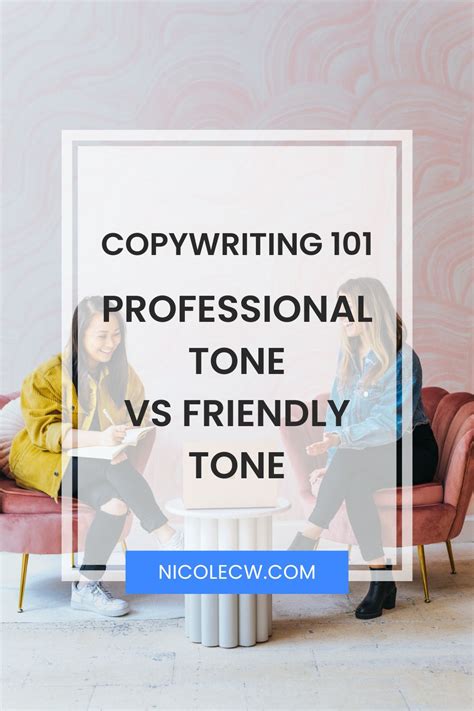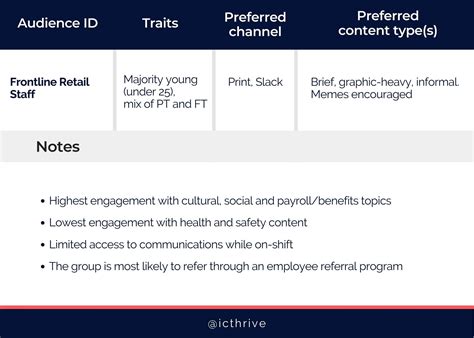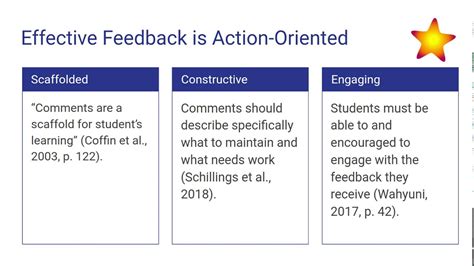The Art of Balancing Formality and Appeal
In today’s fast-paced communication landscape, merely being professional isn’t enough; to truly resonate and make an impact, your writing must also be engaging. Striking this delicate balance is a skill that elevates your message from simply being read to being remembered and acted upon. It’s about maintaining credibility and authority while simultaneously captivating your audience and fostering a connection. This article explores the strategies to achieve a tone that is both impeccably professional and irresistibly engaging.

Understanding Professionalism in Writing
A professional tone is the bedrock of credibility. It conveys respect for your audience and your subject matter. Key characteristics include clarity, conciseness, accuracy, and an objective stance. It demands correct grammar, punctuation, and spelling, avoiding slang, jargon (unless it’s an industry-specific audience that expects it), and overly casual language. The goal is to present information authoritatively and without ambiguity, ensuring your message is taken seriously and understood clearly.
Maintaining professionalism also means structuring your arguments logically, citing sources where appropriate, and presenting a well-reasoned perspective. It’s about demonstrating expertise and reliability through your command of language and the organization of your thoughts. This foundation builds trust, which is essential for any meaningful communication.
Cultivating an Engaging Voice
While professionalism builds trust, engagement keeps the reader invested. An engaging tone transforms dry facts into compelling narratives. It incorporates elements like direct address (“you”), vivid descriptions, storytelling, rhetorical questions, and varied sentence structures. The aim is to make your content relatable, spark curiosity, and encourage the reader to continue their journey through your text.
Engagement often involves using an active voice, employing strong verbs, and even a touch of personality—without sacrificing decorum. It’s about showing enthusiasm for your subject, making complex ideas accessible, and providing a fresh perspective. An engaging tone doesn’t just inform; it inspires, persuades, and connects on a deeper level.

Strategies for the Sweet Spot: Professional Yet Engaging
Know Your Audience Inside Out
The most critical step in balancing tone is understanding who you’re writing for. Are they industry experts, potential clients, a general public, or internal colleagues? Their expectations, knowledge level, and preferred communication style will dictate how much formality you need and what kind of engagement techniques will resonate best. Tailor your vocabulary, examples, and overall approach to meet them where they are.

Strategic Word Choice and Sentence Structure
Avoid overly academic language unless specifically required, but also steer clear of casual slang. Opt for precise, impactful words that convey your message clearly while also stimulating interest. Varying sentence length can dramatically improve flow and readability; mix concise, direct sentences with longer, more descriptive ones. Utilize rhetorical devices sparingly but effectively to add impact and keep the reader thinking.
Incorporate Storytelling and Examples
Humans are wired for stories. Even in professional contexts, a relevant anecdote or a real-world example can transform abstract concepts into tangible, memorable ideas. These elements not only make your content more engaging but also help to illustrate your points more effectively, enhancing understanding without compromising your professional standing.

Use a Conversational Yet Respectful Tone
Imagine explaining your topic to an intelligent, respected colleague over coffee. This mindset can help you find a natural, approachable voice that avoids being overly stiff or too informal. Address the reader directly with “you” to create a personal connection, but always maintain a respectful demeanor and avoid colloquialisms that might undermine your authority.
Refine and Review for Tone Consistency
After drafting, review your work specifically for tone. Read it aloud to catch awkward phrasing or overly formal/informal sections. Get feedback from others; sometimes an outside perspective can quickly identify areas where the tone slips. Ensure consistency across the entire piece, from introduction to conclusion.

Conclusion
Mastering a tone that is both professional and engaging is an ongoing journey of refinement and practice. It requires a keen awareness of your audience, a strategic approach to language, and a commitment to clarity and impact. By consciously blending credible authority with captivating prose, you empower your message to not only inform but also to inspire action and build lasting connections. This balance is not a compromise but a powerful synergy that elevates your communication to its highest potential.




